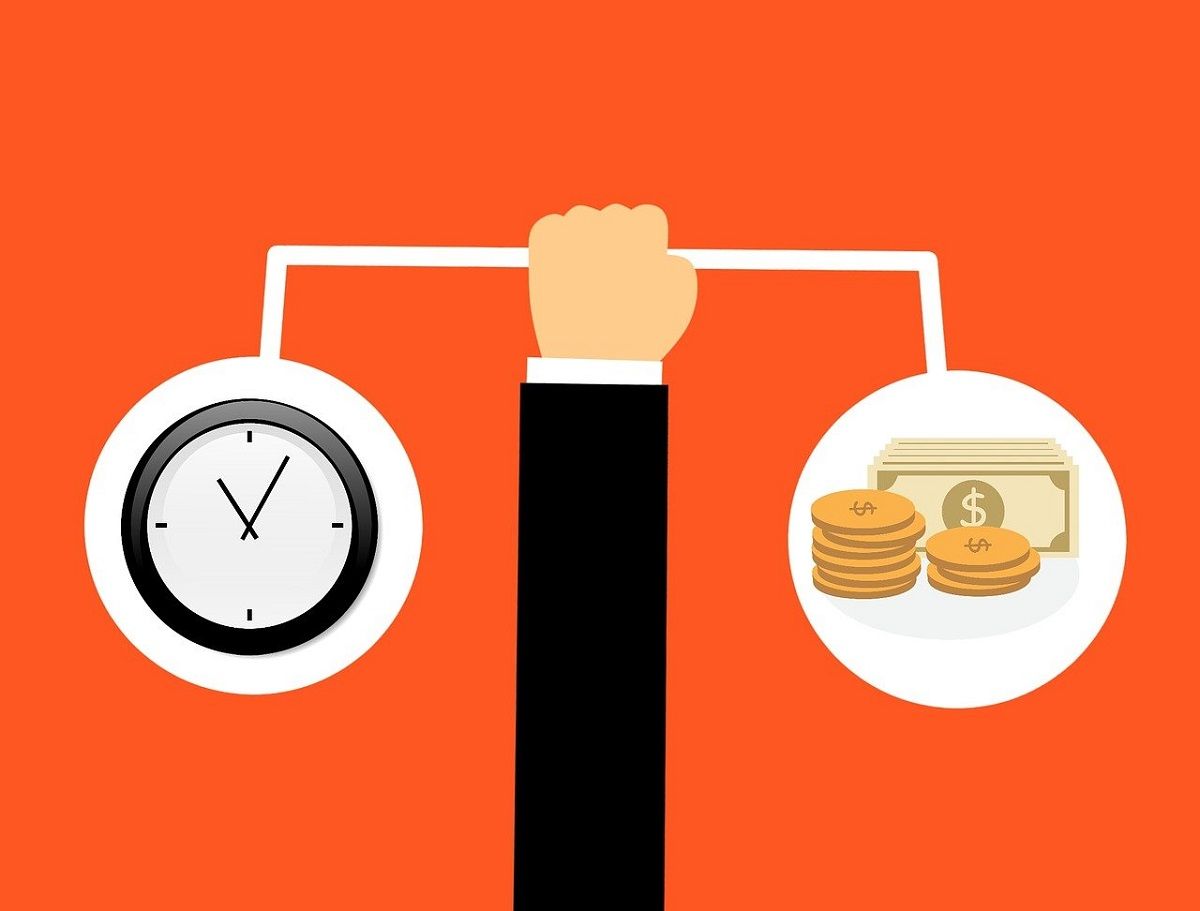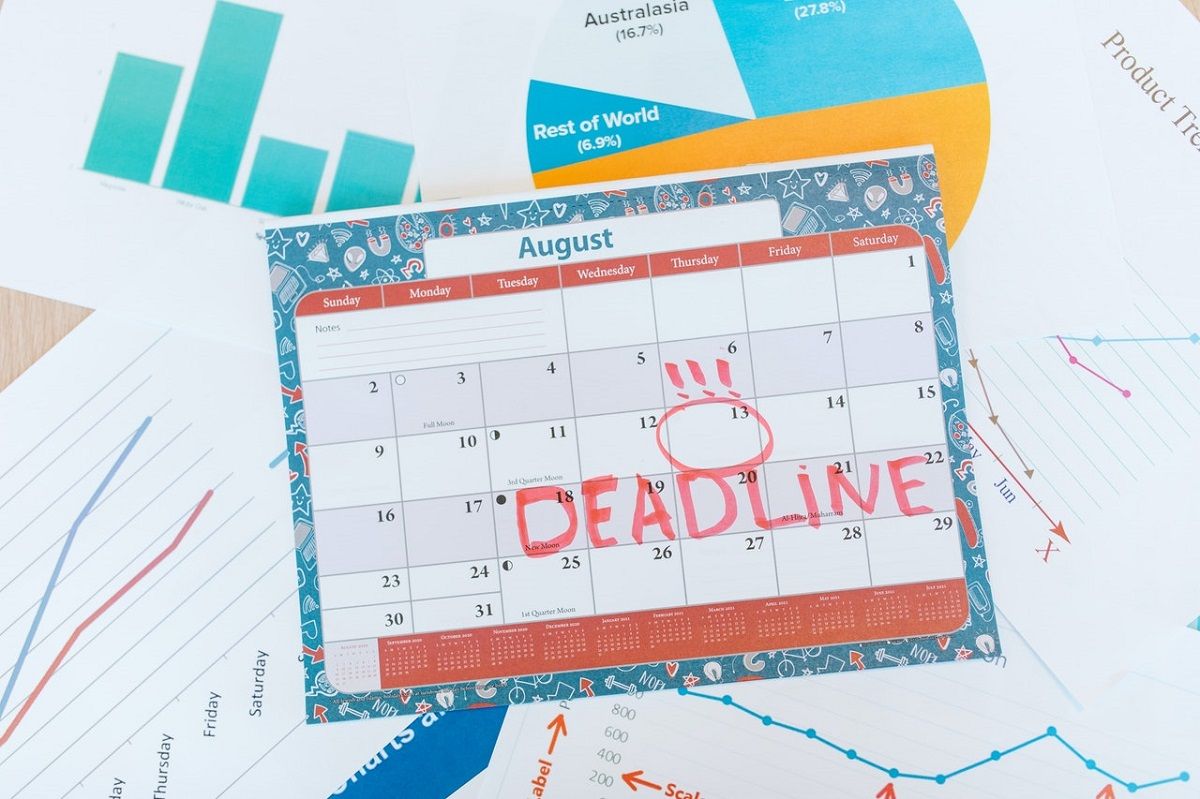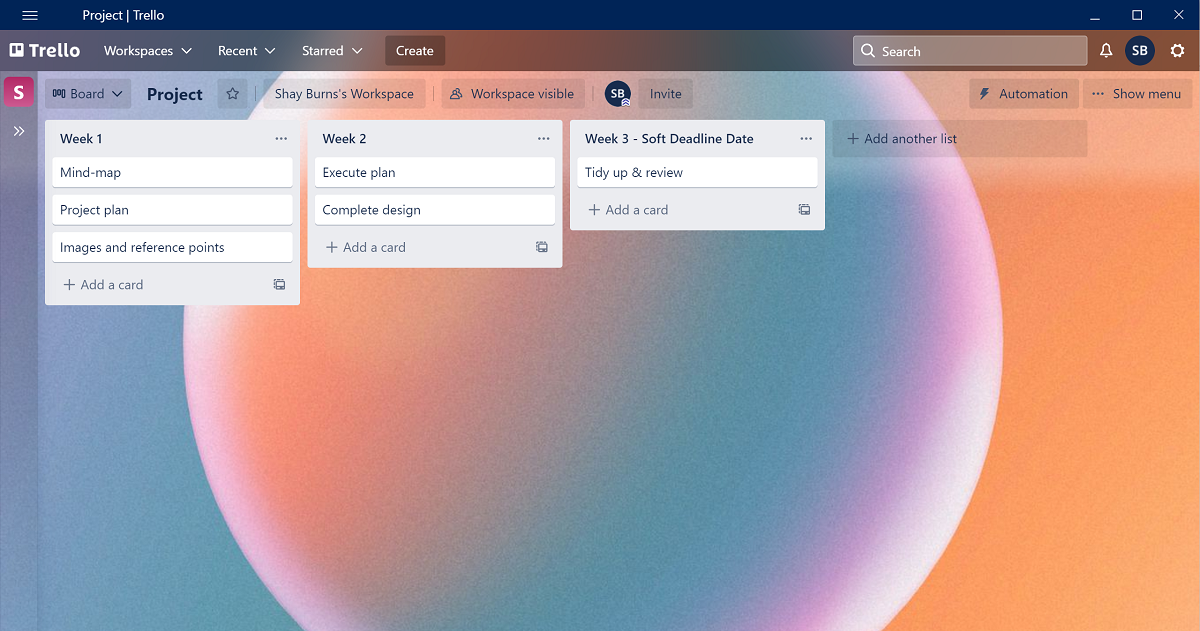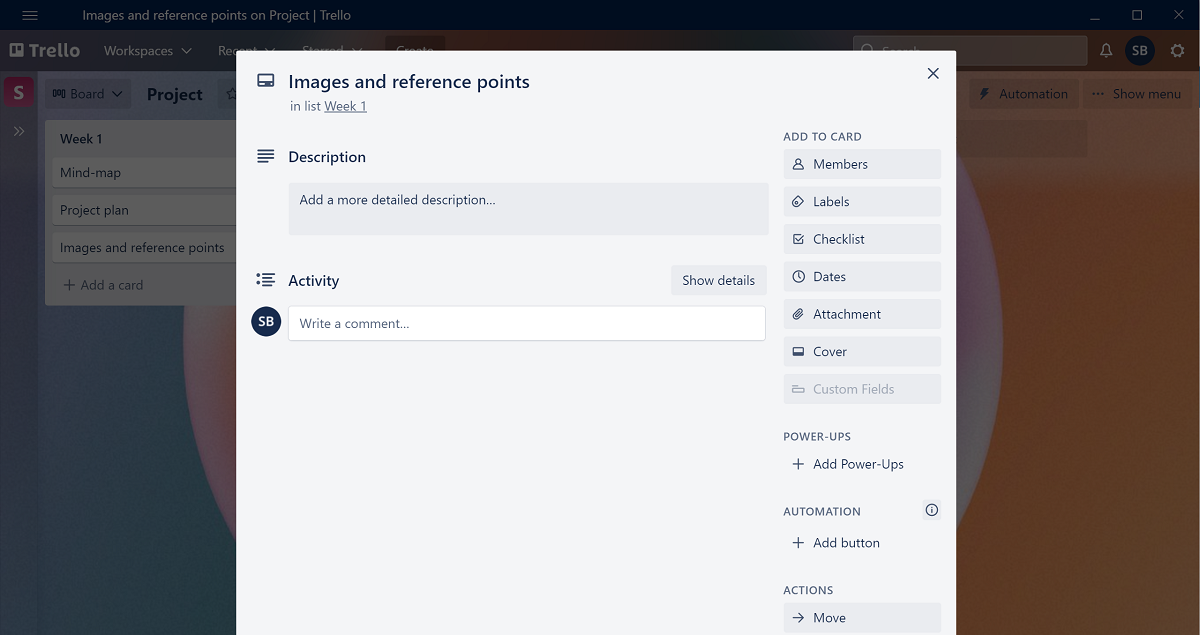Having deadlines to meet is part of everyday life for most of us. It could be that you have a college assignment due, a project at work, or a tax return to complete; either way, these all have an end date that you work towards.
For the most part, deadlines give you the pressure to get things done. However, if you want to use that to your advantage and organize your time better, soft deadlines could be the trick.
The Difference Between Soft and Hard Deadlines
Most of the time, deadlines are set for us; your boss or tutor gives you a completion date for a piece of work that is final, and you cannot do any revisions after this time. This is a hard deadline, and the consensus is that there will be some consequences if you don't meet it.
Ultimately, everything needs a hard deadline because it means that things get finished, and there has to be a point where a piece of work comes to an end. They provide you with clear expectations from your superior, and it gives you the autonomy to use that timeframe how you see fit.
People get more work done when they are under pressure, and deadlines are a great way to utilize this phenomenon. It is why people will do more work in the final days or hours in the run-up to the finish date. For example, if you have to submit an assignment in two months' time, you are unlikely to do much work in that first month.
This is why hard deadlines can be unproductive; without enough pressure, you might end up wasting valuable time and rushing to complete your work last minute, neglecting other responsibilities. It can also be stressful.
On the other hand, soft deadlines are set before the hard deadline, with the assumption that you will conclude your project with time to spare. For example, if the hard deadline is in two months time, your soft deadline might be three weeks beforehand.
You can create your own personal deadlines, and using this approach awards you with enough drive to get work done without last-minute stress.
Benefits of Using Soft Deadlines
Setting a soft deadline doesn't mean that it will automatically work. In order for you to take advantage of them, you need to commit to it. There is no use in establishing them if you are going to disregard them in favor of the hard deadline.
However, if done correctly, personal deadlines can bring a lot of benefits:
- Improved time-management and less time wasted
- More accountability to your other responsibilities
- Better organization with your projects
- A sense of ownership over your time and work
- Builds confidence
- Quicker achievement with time to think creatively
Once you meet the soft deadline, you have time to make revisions and fine-tune your work with plenty of time before it needs to be handed over. Plus, you will have the flexibility to submit it when you are happy with the outcome, and attend to any other urgencies that come up.
How to Set Soft Deadlines Effectively
So, how do you set a soft deadline? The key is to have a realistic time-frame in mind, that you know you will be reliably able to meet. You also need to ensure that it isn't too close to the hard deadline.
The ideal parameter for setting a soft deadline is deducting 25% of the time from the hard deadline, but this can vary depending on your own constraints. Some things to consider are:
- If you have other projects due and how heavy your other workload is
- How far away is the hard deadline?
- What your sweet spot for productive pressure is
- If you are working on the project with other people, how can you work around this?
- How big or small your project is
Once you have these answers, you can pinpoint the most practical personal completion date and get started.
To guarantee that you stick to your personal goal post, you should do a breakdown of how you'll manage it. Trello is an ideal application for this, as it uses a simple board layout that you can manipulate to fit your needs.
When you have created your Trello workspace, open the Sidebar and under Your boards, click the Plus sign to Create a new board. You can start with a template, but a blank board is fine.
Once you have named and created your board, you will need to split your time between now and your soft deadline into weeks by creating a new list for each week you have:
- Click Add another list
- On the first list, where it says Enter list title, type Week 1
- Repeat these steps for the number of weeks you have in your schedule
Now you can start plotting out what aspects of the project you will complete in each week. To do this, select Add card under the week you want, Enter a title for this card and click Add card.
Break down each step of your project that you need to work on. For example, if following a three-week timeline, the initial week should be allocated to planning and generating ideas, the second should be for executing those plans and designs, and the third should be for fine-tuning.
If you want to keep all of your work in one place, you can upload files to each card you create in Trello by clicking on the card you want to edit and selecting Attachments. You can also create Checklists and add Dates, if that helps.
Use Deadlines to Your Advantage
Now you have your soft deadline, you can rest easy knowing that the work is done with time to spare. The best part is, you now have a choice over what you do with that extra space.
Utilizing soft deadlines as a regular practice with your work enables you to exercise better organization, and just in case any issues come up during the final days or hours, you're already covered.






